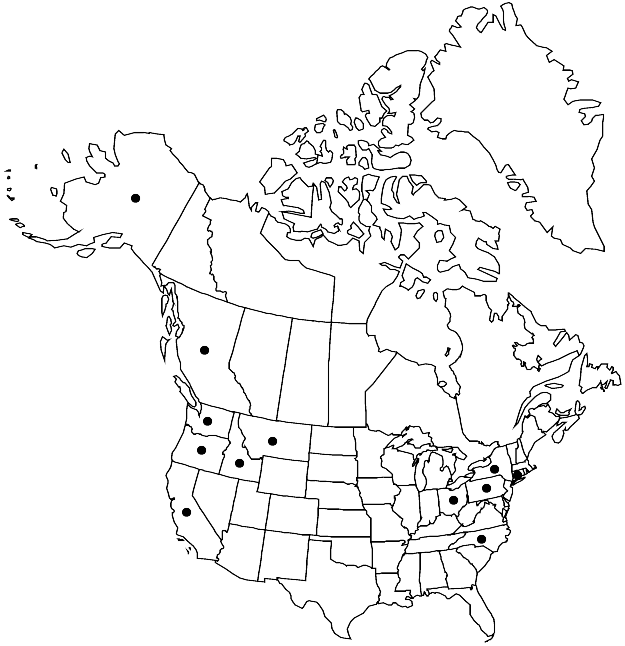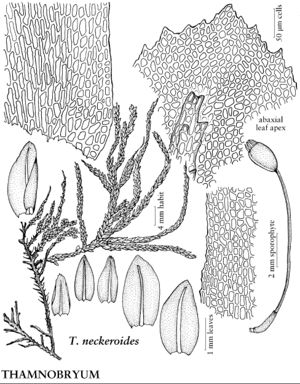Difference between revisions of "Thamnobryum neckeroides"
Moss Fl. Pacif. N.W., 245. 1971.
FNA>Volume Importer |
FNA>Volume Importer |
||
| Line 11: | Line 11: | ||
|label=Selected by author to be illustrated | |label=Selected by author to be illustrated | ||
}} | }} | ||
| − | |basionyms={{Treatment/ID/ | + | |basionyms={{Treatment/ID/Basionym |
|name=Hypnum neckeroides | |name=Hypnum neckeroides | ||
|authority=Hooker | |authority=Hooker | ||
| + | |publication_title=Musci Exot. | ||
| + | |publication_place=1: plate 58. 1818 | ||
}} | }} | ||
|synonyms= | |synonyms= | ||
| Line 55: | Line 57: | ||
|publication year=1971 | |publication year=1971 | ||
|special status=Selected by author to be illustrated | |special status=Selected by author to be illustrated | ||
| − | |source xml=https://jpend@bitbucket.org/aafc-mbb/fna-data-curation.git/src/ | + | |source xml=https://jpend@bitbucket.org/aafc-mbb/fna-data-curation.git/src/f6b125a955440c0872999024f038d74684f65921/coarse_grained_fna_xml/V28/V28_967.xml |
|genus=Thamnobryum | |genus=Thamnobryum | ||
|species=Thamnobryum neckeroides | |species=Thamnobryum neckeroides | ||
Revision as of 19:48, 24 September 2019
Plants (4–)6–8(–10.5) cm. Secondary stem leaves 2–3.2 × 1–1.7 mm. Branch leaves oblong-ovate to ovate, 1–2.2 × 0.5–0.8 mm; margins serrate at apex; apex obtuse to broadly acute; basal laminal cells 5–8 × 1–2 µm; medial juxtacostal cells long-rhomboidal, longest axis parallel to costa, 3–5 × 1–3 µm; apical cells subquadrate to short-rhomboidal, 2–4 × 1–2 µm. Sexual condition dioicous.
Habitat: Rock, humus, base of trees, shaded banks, boulders, cliffs
Elevation: moderate elevations
Distribution

B.C., Alaska, Calif., Conn., Idaho, Mont., N.Y., N.C., Ohio, Oreg., Pa., Wash., Europe (Czech Republic, Germany, Italy), Asia.
Discussion
Thamnobryum neckeroides is distinguished by the distinctly concave, almost boat-shaped branch leaves, and the rounded to broadly rounded apex. The apical laminal cells are mostly subquadrate to short-rhomboidal and the medial juxtacostal cells have their longest axis parallel to the costa.
